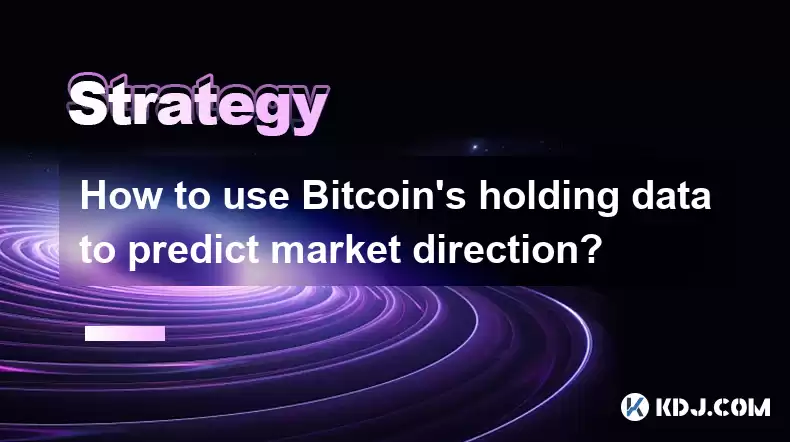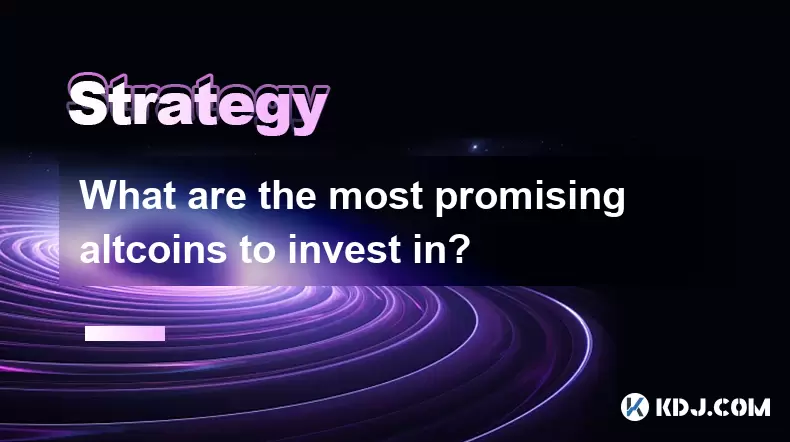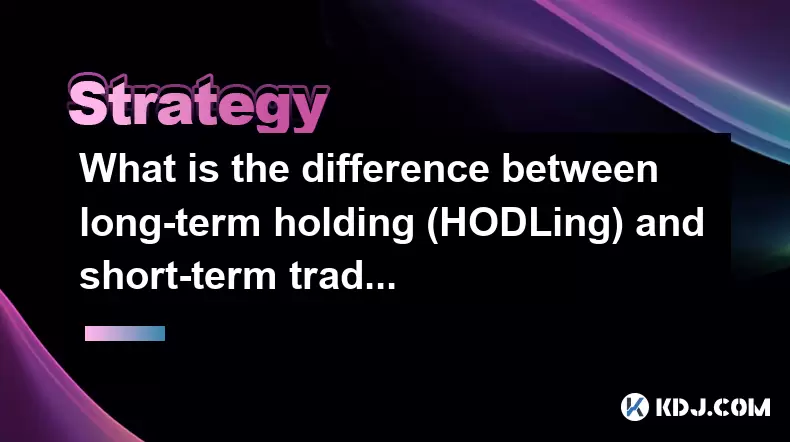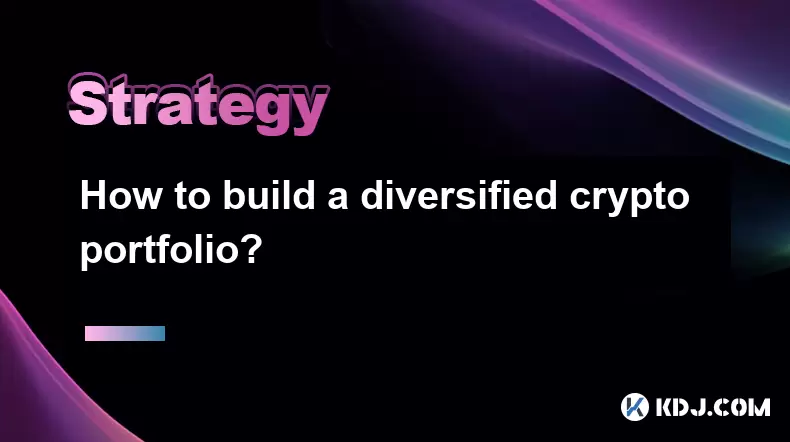-
 Bitcoin
Bitcoin $119300
2.40% -
 Ethereum
Ethereum $4254
-0.20% -
 XRP
XRP $3.184
-1.38% -
 Tether USDt
Tether USDt $1.000
0.00% -
 BNB
BNB $803.9
0.58% -
 Solana
Solana $183.1
1.50% -
 USDC
USDC $0.0000
0.01% -
 Dogecoin
Dogecoin $0.2339
-2.87% -
 TRON
TRON $0.3384
0.88% -
 Cardano
Cardano $0.8018
-0.29% -
 Hyperliquid
Hyperliquid $45.13
3.14% -
 Chainlink
Chainlink $22.10
0.96% -
 Stellar
Stellar $0.4439
-0.94% -
 Sui
Sui $3.875
-0.73% -
 Bitcoin Cash
Bitcoin Cash $570.7
0.24% -
 Hedera
Hedera $0.2589
-2.90% -
 Ethena USDe
Ethena USDe $1.001
-0.01% -
 Avalanche
Avalanche $23.83
-1.73% -
 Litecoin
Litecoin $123.8
2.61% -
 Toncoin
Toncoin $3.351
-1.13% -
 UNUS SED LEO
UNUS SED LEO $9.103
1.13% -
 Shiba Inu
Shiba Inu $0.00001356
-1.40% -
 Uniswap
Uniswap $10.93
-0.19% -
 Polkadot
Polkadot $4.057
-1.97% -
 Dai
Dai $1.000
0.01% -
 Cronos
Cronos $0.1646
4.66% -
 Ethena
Ethena $0.7974
8.11% -
 Pepe
Pepe $0.00001208
-2.89% -
 Bitget Token
Bitget Token $4.445
-1.70% -
 Monero
Monero $268.8
-2.00%
How to use Bitcoin’s holding data to predict market direction?
Bitcoin's holding data analysis provides insights into the behavior of market participants, enabling traders to gauge market sentiment, identify potential trends, and make informed trading decisions.
Feb 25, 2025 at 07:01 am

Key Points:
- Understanding Bitcoin's Holding Data
- Analyzing Long-Term Holder and Short-Term Holder Distribution
- Monitoring Whales and Shrimp Activity
- Evaluating Exchange and Non-Exchange Balances
- Using Holding Data to Identify Market Trends
How to use Bitcoin’s holding data to predict market direction?
Understanding Bitcoin's holding data is crucial for predicting market direction. This data provides insights into the behavior of different market participants, helping traders gauge sentiment and identify potential trends.
1. Analyzing Long-Term Holder and Short-Term Holder Distribution
Long-term holders (LTHs) are individuals or entities holding Bitcoin for over 155 days, while short-term holders (STHs) hold Bitcoin for less than 155 days.
- High LTH Concentration: A high proportion of LTHs signifies a bullish market. It indicates that investors are confident in Bitcoin's long-term value and are less likely to sell during market downturns.
- Low STH Concentration: A low proportion of STHs suggests that fewer participants are trading Bitcoin actively. It can indicate a market that is moving sideways or preparing for a breakout.
2. Monitoring Whales and Shrimp Activity
Whales are individuals or entities holding large amounts of Bitcoin, while shrimp are those with small holdings.
- Whale Accumulation: When whales accumulate Bitcoin, it signals a potentially bullish trend. It suggests that large investors are optimistic about the future price and are acquiring more Bitcoin.
- Shrimp Distribution: When shrimp distribute Bitcoin, it can indicate a bearish trend. It suggests that small investors are selling their holdings, potentially due to fear or profit-taking.
3. Evaluating Exchange and Non-Exchange Balances
- High Exchange Balances: When a large proportion of Bitcoin is held on exchanges, it implies a potential sell-off. It indicates that investors are holding Bitcoin on exchanges to trade or sell.
- Low Exchange Balances: A decline in exchange balances suggests that investors are withdrawing Bitcoin to cold storage or non-exchange platforms. This indicates reduced selling pressure and can be a bullish sign.
- Non-Exchange Balances: Non-exchange platforms, like hardware wallets, are used for long-term storage. An increase in non-exchange balances indicates a long-term bullish outlook and accumulation behavior.
4. Using Holding Data to Identify Market Trends
- Bullish Trend: Long-term holder concentration is high, whales are accumulating Bitcoin, exchange balances are low, and non-exchange balances are growing.
- Bearish Trend: Short-term holder concentration is high, shrimp are distributing Bitcoin, exchange balances are high, and non-exchange balances are declining.
- Sideways Trend: All metrics show a moderate distribution, and there are no significant inflows or outflows from exchanges or non-exchange platforms.
FAQs:
- Q: Is Bitcoin's holding data a reliable indicator of market direction?
- A: Holding data provides valuable insights into the behavior of market participants, but it is not a foolproof indicator. It should be combined with other market indicators and analysis for a more comprehensive evaluation.
- Q: How often should I analyze Bitcoin's holding data?
- A: Regular monitoring of holding data is recommended, especially before making significant trading decisions. Daily or weekly analysis can help identify short-term and long-term trends.
- Q: Can holding data be used to time market entries and exits?
- A: Holding data can provide valuable insights for timing market entries and exits, but it is not an exact science. Patience and risk management are crucial when making trading decisions.
- Q: Are there any limitations to using holding data?
- A: Holding data is not always accurate and may be affected by factors such as address reuse or data manipulation. It is important to use data from multiple sources and verify the authenticity of the data.
- Q: How does the market react to sudden changes in holding data?
- A: Sudden changes in holding data can trigger market volatility. Large inflows or outflows from exchanges, for example, can result in sharp price movements.
Disclaimer:info@kdj.com
The information provided is not trading advice. kdj.com does not assume any responsibility for any investments made based on the information provided in this article. Cryptocurrencies are highly volatile and it is highly recommended that you invest with caution after thorough research!
If you believe that the content used on this website infringes your copyright, please contact us immediately (info@kdj.com) and we will delete it promptly.
- KiwiSavers, Crypto Returns, and Digital Investment: Are Kiwis Missing Out?
- 2025-08-11 06:30:11
- Ruvi AI's Sales Surge: Could It Outpace Tron in the Crypto Race?
- 2025-08-11 06:30:11
- Meme Coin Mania: Is Shiba Inu Out and Little Pepe In?
- 2025-08-11 06:50:12
- Bitcoin Casino Weekly Challenge: Hitting the Jackpot in Crypto Gaming
- 2025-08-11 06:50:12
- Cardano (ADA): Riding the Bull Cycle Wave to New Heights?
- 2025-08-11 07:10:12
- Bitcoin Institutional Holdings in 2025: A Bullish Outlook
- 2025-08-11 07:15:19
Related knowledge

How to use stop-loss orders to limit potential losses?
Aug 08,2025 at 02:01pm
Understanding Stop-Loss Orders in Cryptocurrency TradingA stop-loss order is a risk management tool used by traders to automatically sell a cryptocurr...

What are the most promising altcoins to invest in?
Aug 10,2025 at 11:42am
Understanding the Role of Private Keys in Cryptocurrency WalletsIn the world of cryptocurrency, private keys are the cornerstone of ownership and cont...

How to read cryptocurrency charts and use technical analysis?
Aug 08,2025 at 11:08am
Understanding the Basics of Cryptocurrency ChartsCryptocurrency charts are graphical representations of price movements over time. These charts are es...

What is the difference between long-term holding (HODLing) and short-term trading?
Aug 10,2025 at 05:30pm
Understanding HODLing in the Cryptocurrency SpaceThe term HODL originated from a typo in a 2013 Bitcoin forum post and has since become a widely accep...

How to do your own research (DYOR) before investing in a crypto project?
Aug 08,2025 at 09:07pm
Understanding the Core Principles of DYOR in CryptocurrencyEngaging in due diligence before investing in any cryptocurrency project is essential to mi...

How to build a diversified crypto portfolio?
Aug 09,2025 at 12:21pm
Understanding the Importance of Diversification in CryptoDiversification in the cryptocurrency space is a strategy used to reduce risk by spreading in...

How to use stop-loss orders to limit potential losses?
Aug 08,2025 at 02:01pm
Understanding Stop-Loss Orders in Cryptocurrency TradingA stop-loss order is a risk management tool used by traders to automatically sell a cryptocurr...

What are the most promising altcoins to invest in?
Aug 10,2025 at 11:42am
Understanding the Role of Private Keys in Cryptocurrency WalletsIn the world of cryptocurrency, private keys are the cornerstone of ownership and cont...

How to read cryptocurrency charts and use technical analysis?
Aug 08,2025 at 11:08am
Understanding the Basics of Cryptocurrency ChartsCryptocurrency charts are graphical representations of price movements over time. These charts are es...

What is the difference between long-term holding (HODLing) and short-term trading?
Aug 10,2025 at 05:30pm
Understanding HODLing in the Cryptocurrency SpaceThe term HODL originated from a typo in a 2013 Bitcoin forum post and has since become a widely accep...

How to do your own research (DYOR) before investing in a crypto project?
Aug 08,2025 at 09:07pm
Understanding the Core Principles of DYOR in CryptocurrencyEngaging in due diligence before investing in any cryptocurrency project is essential to mi...

How to build a diversified crypto portfolio?
Aug 09,2025 at 12:21pm
Understanding the Importance of Diversification in CryptoDiversification in the cryptocurrency space is a strategy used to reduce risk by spreading in...
See all articles

























































































